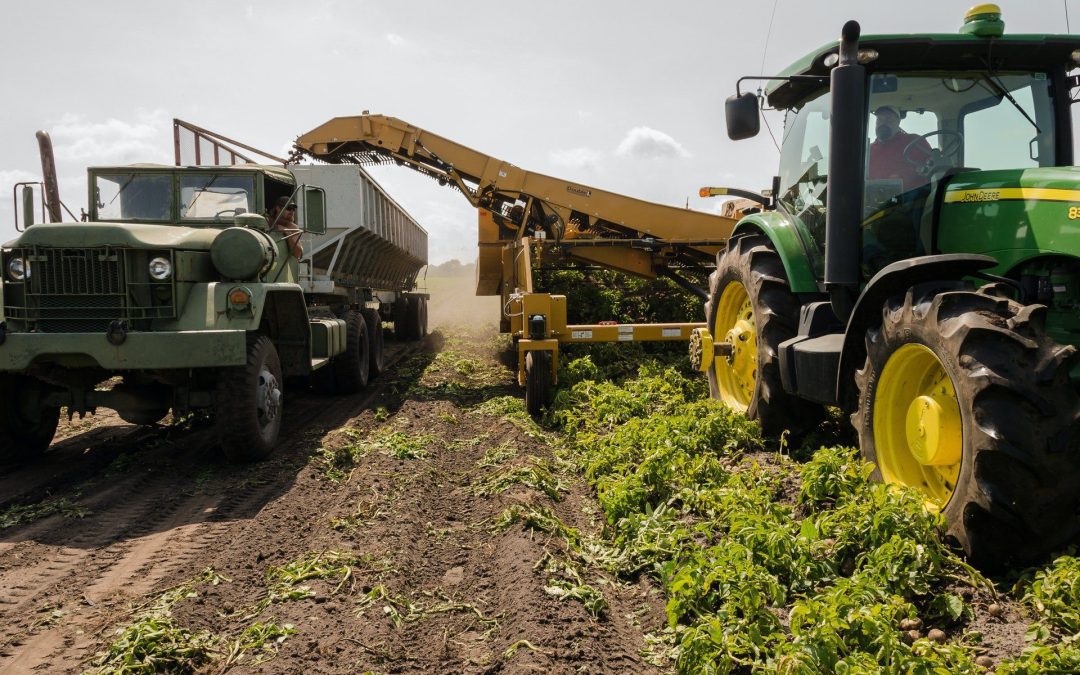New capital allowances super-deduction
Companies thank incur corporation tax can invest in new plant and machinery in the two years from 1 April 2021 are able to benefit from two new first-year allowances, including a super-deduction of 130%. Details of the measure are set out in a policy paper published by the Government.
The super-deduction
Companies that invest in plant and machinery that would otherwise qualify for main rate capital allowances between 1 April 2021 and 31 March 2023 can claim a super-deduction of 130%. The deduction is in the form of a first-year capital allowance. However, it is not available for expenditure for which the claiming of a first-year allowance is excluded by the legislation. The list of exclusions includes expenditure on cars (although a 100% first-year allowance is available separately for zero-emission cars) and expenditure on plant and machinery for leasing. First-year allowances cannot be claimed for the accounting period in which the trade is permanently discontinued.
Impact of the super-deduction
Where the super-deduction is claimed, the company will receive a deduction when computing profits of £1.30 for every £1 that they spend on qualifying plant and machinery. This provides tax relief at the rate of 24.7% (19% x 130%).
Accounting periods spanning 1 April 2023
The super-deduction is available at the rate of 130% where the expenditure is incurred between 1 April 2021 and 31 March 2023. However, the rate of deduction is reduced where the accounting period spans 1 April 2023.
Where expenditure is incurred in a period that straddles 1 April 2023 and is incurred prior to that date, the rate of deduction is given at the ‘relevant percentage’. This is found by dividing the number of days in the period prior to 1 April 2023 by the total number of days in the accounting period, multiplying this by 30 and adding it to 100. For example, if the accounting period is the year to 31 December 2023, the relevant percentage for qualifying expenditure incurred prior to 1 April 2023 is 107.4% ((90/365 x 30) + 100).
A deduction is available at the rate of 100% for qualifying expenditure incurred on or after 1 April 2023 in an accounting period that straddles 1 April 2023.
Balancing charge
If an asset which has benefited from the super-deduction is sold, relief is clawed back by treating the disposal proceeds as a balancing charge, rather than allocating them to the relevant pool. If the disposal event occurs in an accounting period that ends before 1 April 2023, the balancing charge is found by multiplying the disposal proceeds by 1.3.
If the disposal event takes place in an accounting period that spans 1 April 2023, the disposal proceeds are multiplied by the ’relevant factor’ to arrive at the balancing charge. This is found by dividing the number of days in the period prior to 1 April 2023 by the total number of days in the accounting period, multiplying this by 0.3 and adding it to 1.
In all other cases, the balancing charge is equal to the disposal proceeds.
The SR allowance
A second new first-year allowance – the SR allowance – is introduced for qualifying expenditure by companies on assets that would otherwise qualify for capital allowances at the special rate of 6% where the expenditure is incurred between 1 April 2021 and 31 March 2023. The allowance is given at the rate of 50%. Assets falling into this category include long-life assets, thermal insulation and expenditure on integral features. As with the super-deduction, expenditure on cars does not qualify for the SR allowance.
Speak to us
Speak to us to discuss how you can benefit from the new first-year allowances and other available capital allowances: Pi Accountancy | Expert Business Advice | Gloucester & Swindon (pi-accountancy.co.uk)

